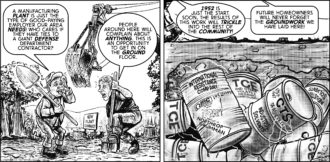
Tag: groundwater contamination
Showing 1-12 of 12 results


CTS contamination has poisoned more than drinking water
For nearly 30 years, the CTS of Asheville Superfund site has been a source of physical and social toxicity for the surrounding community. With remedial efforts to address the source of contamination finally underway, residents, activists and others reflect on the triumphs and tribulations of the decades-long battle for a clean-up and accountability.

CTS clean-up moves forward as community wrestles with torrid past
Cleanup efforts are finally beginning at the CTS of Asheville Superfund site on Mills Gap Road, but past controversies and a lack of trust in Environmental Protection Agency officials continued to dominate the discussion during a Nov. 30 public meeting to review the impending remedial projects and address residents’ concerns.
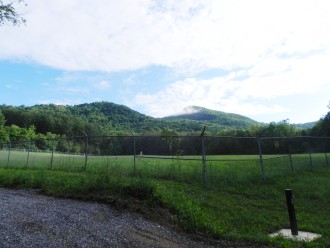
In situ remediation could revitalize hazardous waste sites
A group of innovative strategies collectively known as “in situ remediation” could dramatically improve the prospects for addressing groundwater and soil contamination at several local hazardous waste sites more quickly and at lower cost.
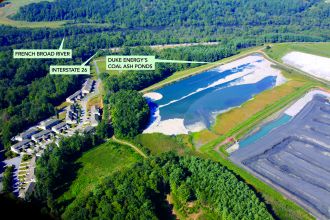
Do not drink: Local residential wells may be tainted, state testing reveals
Hundreds of residents draw their drinking and cooking water from wells that lie within 1,000 feet of Duke Energy’s 32 coal-ash ponds in North Carolina. Nearly a dozen of them wells are located in Buncombe County.
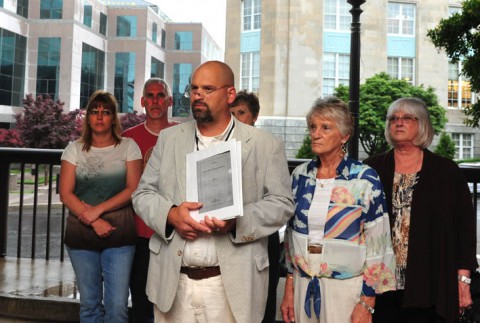
UPDATED: Local residents deliver documents that may show malfeasance in CTS case
A notebook of recovered documents may show how federal officials mishandled a contaminated site on Mills Gap Road in 1999, say a group of residents who held a press conference at the federal building in downtown Asheville today, May 23. (photos by Bill Rhodes)
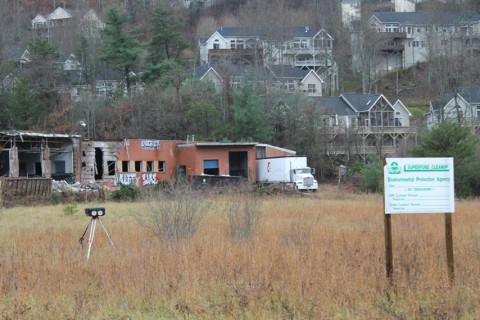
EPA promised water hookups, not filters, Mills Gap residents say
In the ongoing ground-water contamination case connected to the former CTS electroplating plant on Mills Gap Road in south Asheville, emails between the EPA and residents imply that agency action to get new water service was being considered last July. But municipal water hookups remain far from certain.
CTS contamination report says no new dangers; residents say the study is flawed
Officials declared that the CTS-contamination study had found no new imminent threats, only to be met by poignant responses from area residents, some of whom have had their wells capped, others who have health problems that they perceive to be related to the contamination, and many of whom are raising children. Residents pointed to such daily realities, to which the study’s author responded, “We work with the information we have. That’s reality.”
CTS of Asheville contamination
In 1999, neighbors living adjacent to former electroplating facility called CTS of Asheville discovered an oily substance in their drinking water. When the Environmental Protection Agency responded, they found levels of trichloroethylene, a toxic substance and suspected carcinogen, at 21,000 parts per billion: more than 4,000 times the safe standard for potable water. Those neighbors […]

Water matters: Hearings and pending bills in N.C.
While state legislators are considering a bill that appears to relax groundwater standards, state environmental officials are seeking public comment on rule changes that strengthen some of them – and relax others.

Dole, Shuler press CTS issue
Sen. Elizabeth Dole and Rep. Heath Shuler are both pressing the issue of groundwater contamination at the former site of CTS of Asheville on Mills Gap Road. Dole’s office announced that she’s written a letter to the head of the Environmental Protection Agency “demanding answers,” while Shuler’s staff is holding a meeting on the topic Thursday morning.

Residents living near CTS of Asheville to meet tonight
The subject: “Making it happen! Full cleanup.”


